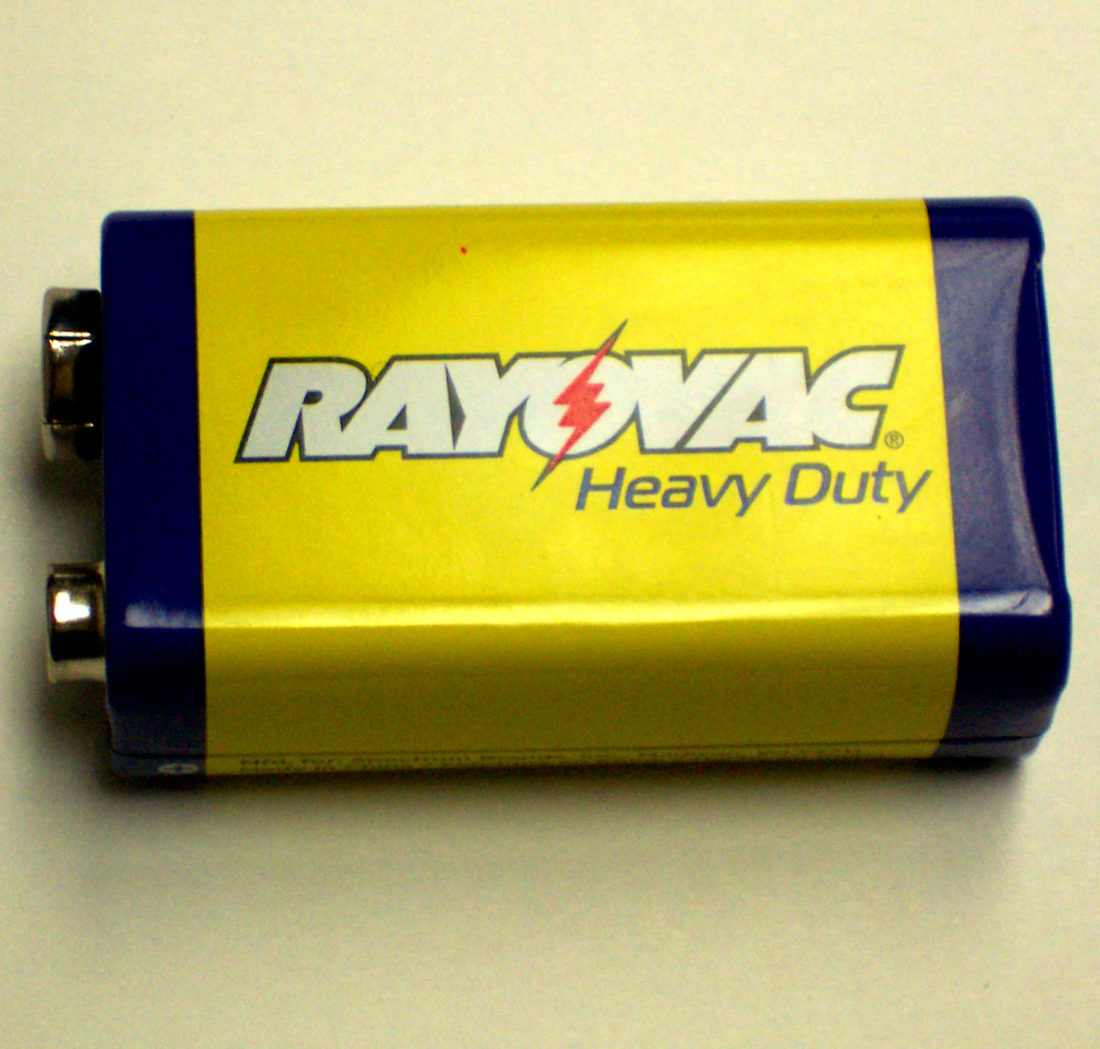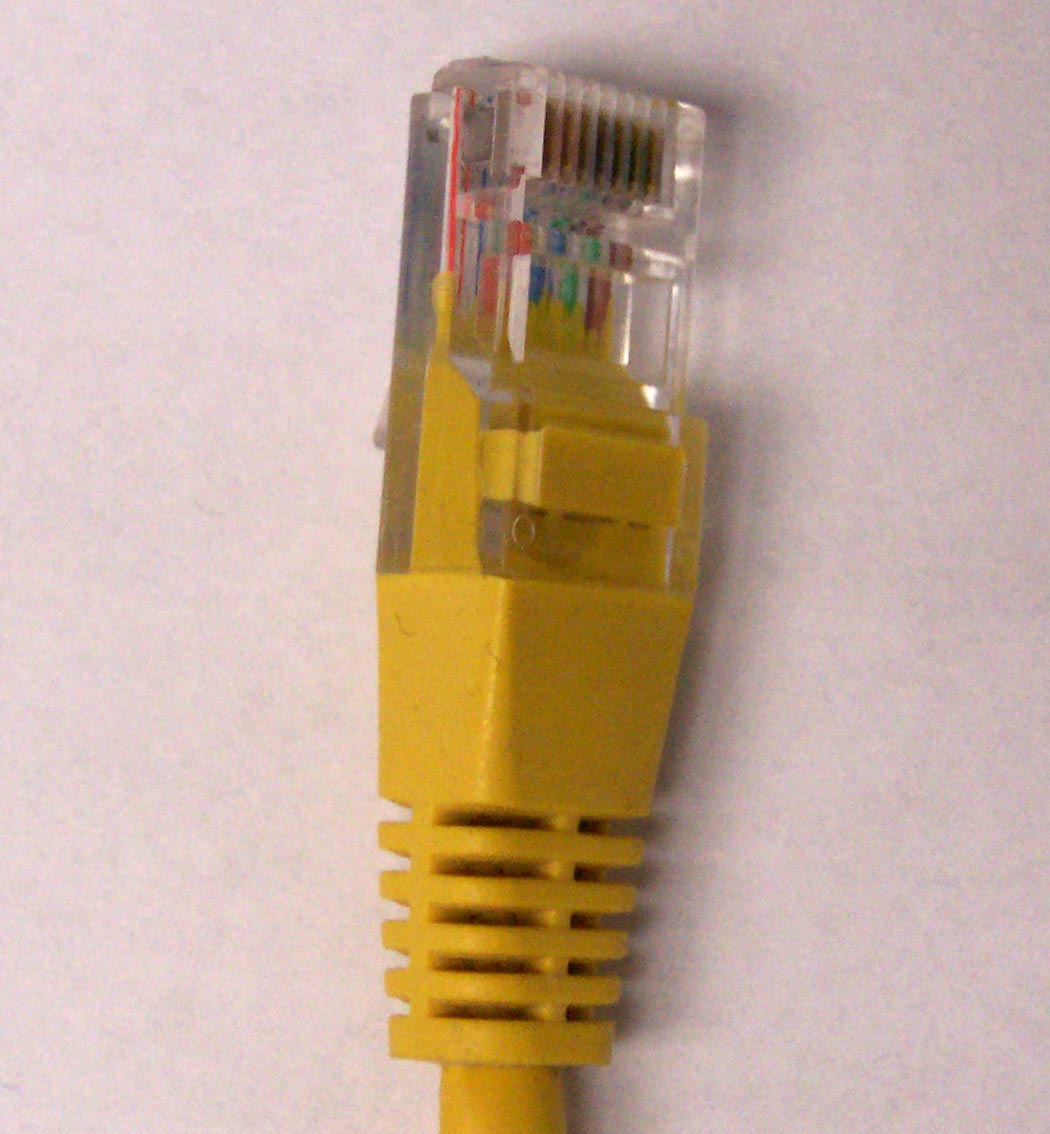WHAT TO DO WHEN YOU ARE SHORT OF WIRES?
Sometimes the CCTV installer is faced with the problem of being a few wires short when it comes to pre-wired hardware installations. Particularly if the wiring was done by another contractor or the installer is upgrading the installation and is expected to use the existing wires from a previous installation. In most cases the correct course of action is to install new additional wiring when it is economically feasible.
However occasionally you may find that the cost of digging up concrete or breaking into walls is quite costly. Then the additional cost of permits for demolition, clean up, and the expense of manual labor will begin to dominate the cost of your bid. Not the mention the time you will spend waiting for these processes to take place before you can actually do the installation part of the job.
Often conduit is used to protect the wiring and the conduit will be full. Then trying to pull another set of wires through the conduit is difficult, or worse you could damage the other wires in the conduit and that would increase your time on the job repairing or re-pulling the wires in the conduit. In these cases installing another conduit with all the time and cost associated with it has to be done.
What if you could bid your job without the need to do heavy construction or lay new conduit. Why you could bid your job lower than your competitors, get the bid, and spend your time doing what you do best, the actual CCTV installation work and it would take you less time so you would make more money on the job.
Think of these installation issues as an opportunity to use technology to your advantage. While your competition is quoting the price of permits, construction and clean up costs, you could be quoting the job without those costs for a competitive bid that would yield a higher profit for you.
Any un-used twisted pair wire can be an advantage for you, look for them when you are surveying the jobsite and ask if they can be used for your installation. Any un-used phone wires that are not connected to the phone system can serve you well.
IP cameras use two pairs of wires in a CAT-5 or CAT-6 cable to transmit and receive the digital signal with a two way communication path. It uses wire numbers 1-2, 3-6 for the actual data communication. Very often the other two pairs of wires 4-5, 7-8, go un-used and are available for other applications if the wire pairs are not being used for P.O.E. Power Over Ethernet. If you check the extra wire pairs and find that they are not being used, you have an opportunity to use them for other things.
So let’s have a look at what can be done with a single pair of twisted wires.
CONTACT REMOTE CONTROL AND TELEMETRY:
You can add up to 8 alarm relay contacts used to send alarm or switch contact information on a single pair of wires. This process can be expanded to carry as many as 160 contact relays on the same pair of wires. The unit is called ATU/ARU-8 and it consists of a transmitter and a receiver at each end of the wire pair. When you close a switch contact at the transmitter, a relay closes at the receiver. It simply repeats the contact action at the far end of the wire pair. Use these with low cost impedance converting video baluns to connect the BNC input/output connectors to the twisted pair wires. Also the signal will pass through any amplifiers and can even be recorded by a video recorder for later playback and you can use the same pair of wires for any video camera signal. If wires are being used for contact control now, this unit can be used to free up those wires for other purposes such as video camera signals. So any twisted pair alarm wire can carry your video signal and multiple alarm contacts. ATU/ARU-2 Two channel unit. ATU/ARU-8 Eight channel unit.
DUAL VIDEO IMAGES:
You can put two real time full frame video signals onto a single pair of wires and recover them separately at the other end by using a TVP/RVP-20 video di-plexing transmitter and receiver unit. This unit is used with video baluns (low cost passive transformers) to convert the 75 Ohm video BNC connectors into 100 Ohm for the twisted pair wires. TVP/RVP-20.
VIDEO TEXTING:
You can put up to 10 lines of user programmable custom video text that can be viewed with any video monitor and then you can make the text appear and disappear using external contact switches or alarm signals. So you can monitor gates, pumps, doors or anything you can attach a contact switch to. This unit is called VSA-10 and is used with video baluns to match the 75 Ohm video signal to the 100 Ohm twisted pair wires. The unit does not require a video signal to operate but you can use the same wire pair to send a video signal as well. This works like a text over video on screen display. VSA-10.
PAN TILT ZOOM CONTROL:
If you need to run RS422 Pan Tilt Zoom remote control and you have no extra wires to attach to, you can deliver the signal by using the DLT/DLR-1 transmitter and receiver at each end of an existing video camera cable or twisted pair wire pair and get the job done without having to install new wires. Just put your RS422 into the transmitter and it comes out of the receiver at the other end. DLT/DLR-1.
Keep these opportunities in mind the next time you find yourself short on wires and a large portion of the job expense will be spent on heavy construction. Also you can use these products to free up twisted pair wires to use for other purposes. If you need to quote heavy construction for a bid, be on the lookout for any opportunity to use existing twisted pair wires to your advantage.




